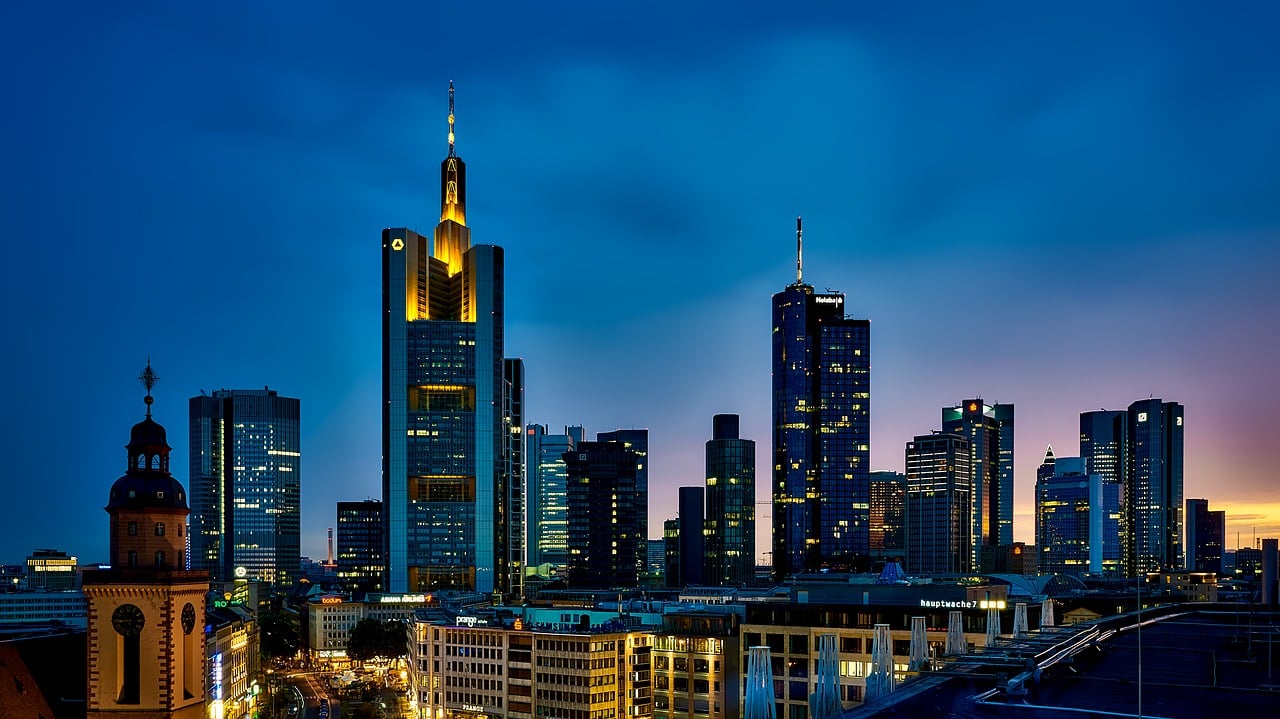What’s Needed for Businesses to Flourish In Today’s Tech Revolution. Today, the one constant is that things are always changing. The newest, latest, sleekest technology is seemingly outdated just weeks after its release. The same can be said for the landscapes of cities globally. The most recent Technological Revolution paved the way to some of the most useful and groundbreaking technologies to date, like Artificial Intelligence (AI), quantum computing, and virtual reality. Despite the fact that cities have been able to leverage such advanced technologies and develop themselves into adaptive cities, businesses are now tasked with finding new ways to reach consumers and market themselves in the midst of so much change.
Q3 2019 hedge fund letters, conferences and more
Computer Vision & Analytics
The development and implementation of computer vision and real-time analytics are helping business to stay afloat in the midst of the migration from smart cities to adaptive cities. The combination of cloud-based dashboards and machine learning allows actionable data to be collected and understood regarding everything from vehicle concentration to pedestrian activity.
Analytics and AI have been important building blocks for smart cities, but will play an even more critical role for businesses to adapt. Specialized AI-supported video sensors can monitor pedestrian, vehicle and bicycle traffic, and deliver extractable metrics. These insights help business owners learn their most optimal business hours based on the flow of traffic. Businesses who leverage these advanced analytics are the biggest beneficiaries, as they now understand exactly how long those people or vehicles pause in a location. It’s worth noting, though, that data collected on pedestrians, drivers, and bikers will not include personal identifiable information (PII). Movements are only tracked for analytical analysis, not to keep a record of personal information.
Businesses are also able to create smart city applications from extracted video insights. This real-time digital platform is rooted in AI and machine learning, allowing the network to easily adapt with the city’s changes.
Robotics, Aerial Deliveries & Urban Air Mobility
Autonomous robotics are changing companies, from operations to evolution and development. As cities continue to evolve, they will be tapping into robotics and data analytics to develop autonomous drones capable of collecting and interpreting visual data. Companies have begun leveraging robotics and drones to drop packages on people's front doorsteps.
Studies have found the average Los Angeles resident spends ten days each year...in traffic. Fret not weary traveller. The move from smart cities to adaptive cities is paving the way for Urban Air Mobility. Such travel introduces automated air transportation services without a pilot. While this is certainly an interesting alternative for pedestrians, this presents a unique challenge for businesses to make up for the shrinking number of on-foot shoppers.
The combination of aerial deliveries and Urban Air Mobility are not only changing the way pedestrians travel through cities and reducing congestion, but they also require businesses to account for the lost foot traffic. Pulling traditional metrics will no longer work for storefronts looking to compete in adaptive cities. Instead, businesses and marketers must rely on new, AI-powered technologies to extract foot traffic metrics and gauge digital marketing campaigns.
Self-Driving Cars In Adaptive Cities
The days of awkward conversations with Uber drivers may be numbered, as autonomous vehicles are rapidly approaching. In fact, there is some speculation that predicts driverless cars will be commercially available by 2025. With 40,000 traffic deaths in the U.S. this year, self-driving cars have the potential to reduce human error and distraction. This technology will require smart cities to adapt the most, demanding upgraded, high-bandwidth mobile networks to share data, as well as major infrastructural changes.
This, again, is another major technological advancement that could have major implications across the business world. First of all, autonomous cars further take pedestrians off of the sidewalks. This only strengthens the need for businesses to take advantage of advanced metrics. Additionally, self-driving cars will remove much of the need for stops, period. Traditional drivers make frequent stops to shop, stretch their legs, or simply get off the road. However, autonomous cars will have the destination set by the passenger, and is far less likely to make additional stops. This places an even higher premium on advanced metrics, to help business marketers understand when and where pedestrians are moving.
Smart cities can appear threatening to businesses. However, businesses that leverage smart city technology give themselves a huge advantage over their competition. Everyone from marketers and retailers to real estate businesses and restaurant owners stand to boost their businesses by digitally measuring vehicle, bicycle and pedestrian activity. The business marketers that take advantage of AI-supported metrics, will be the ones who not only survive, but flourish amid the transition to adaptive cities.






